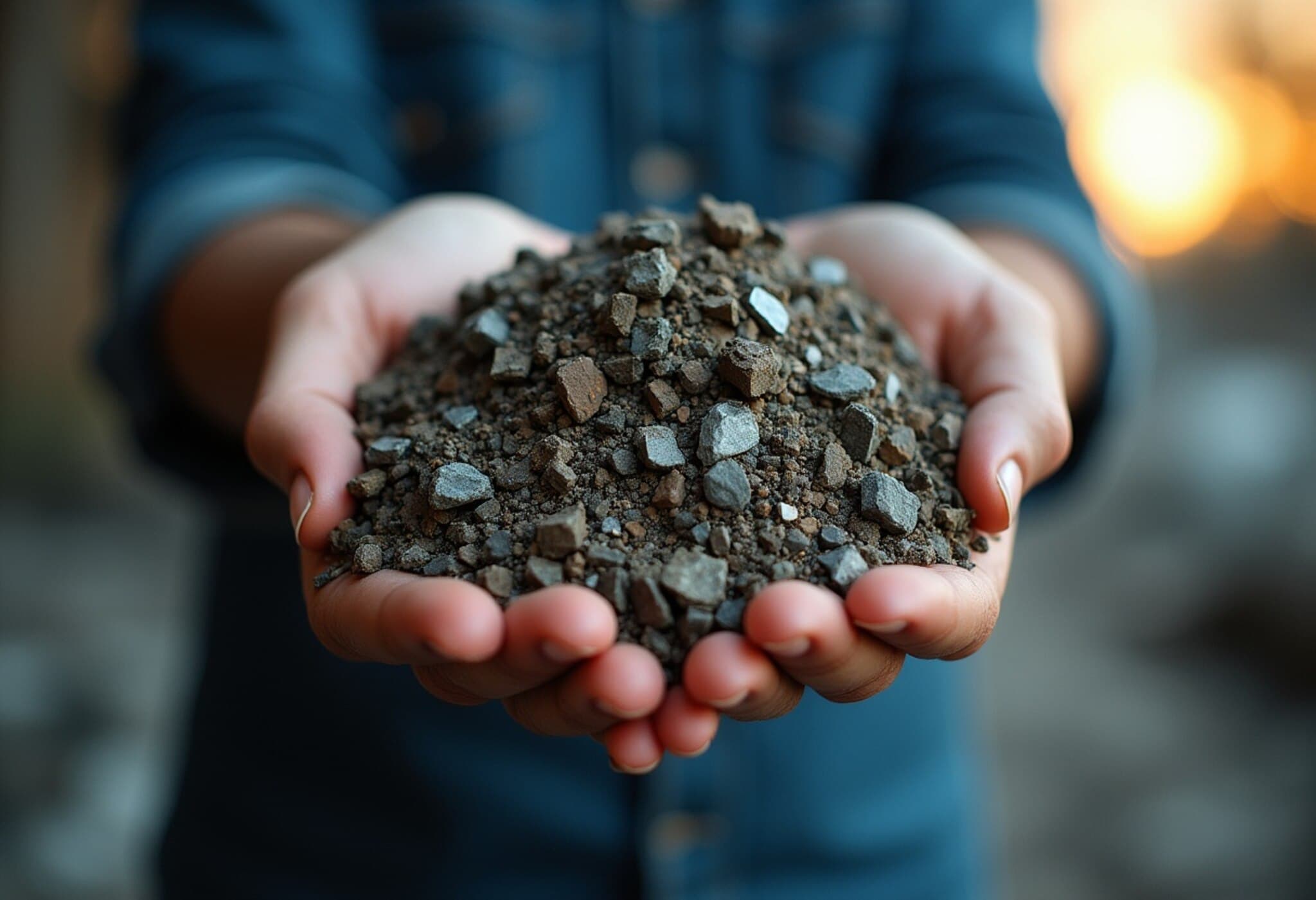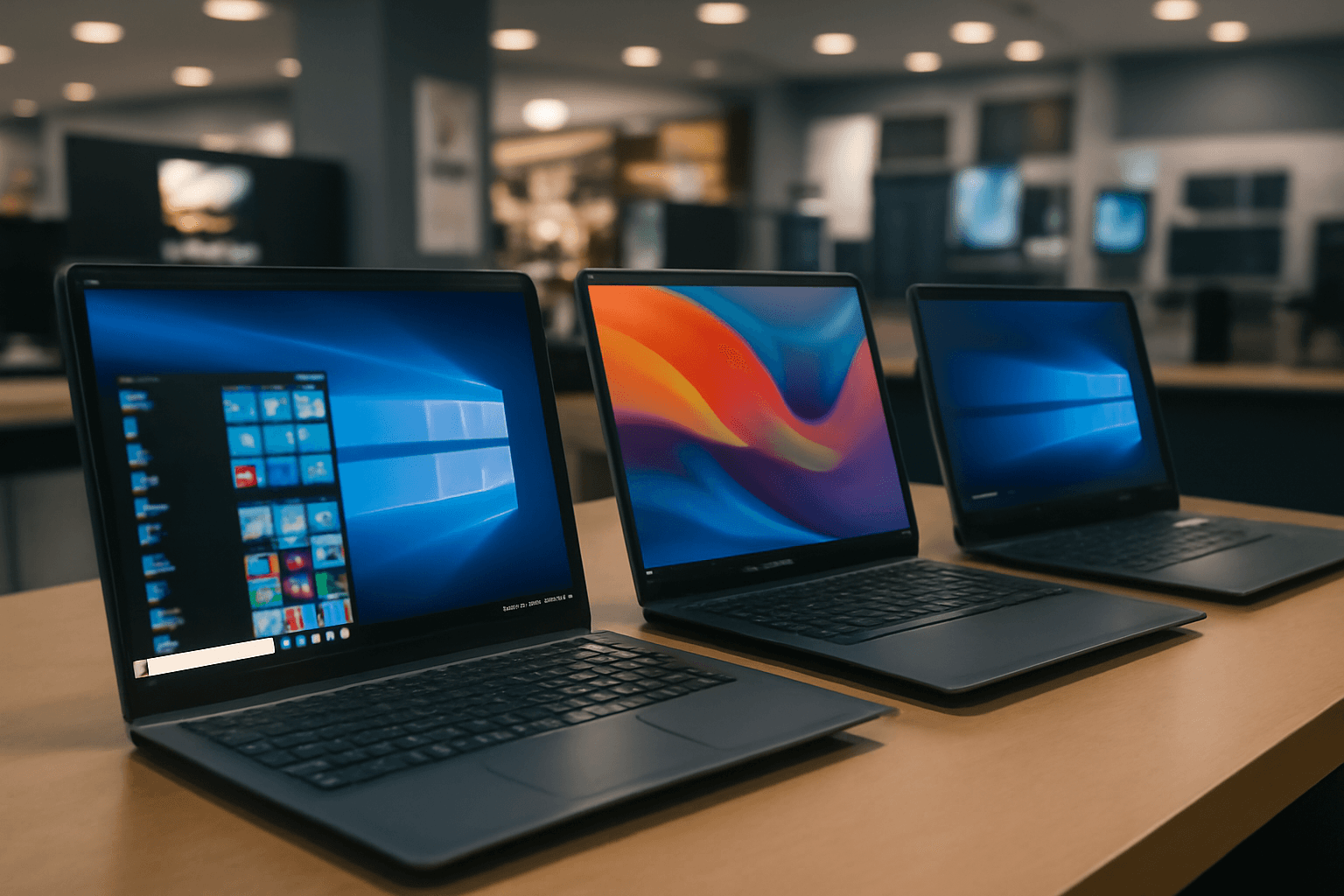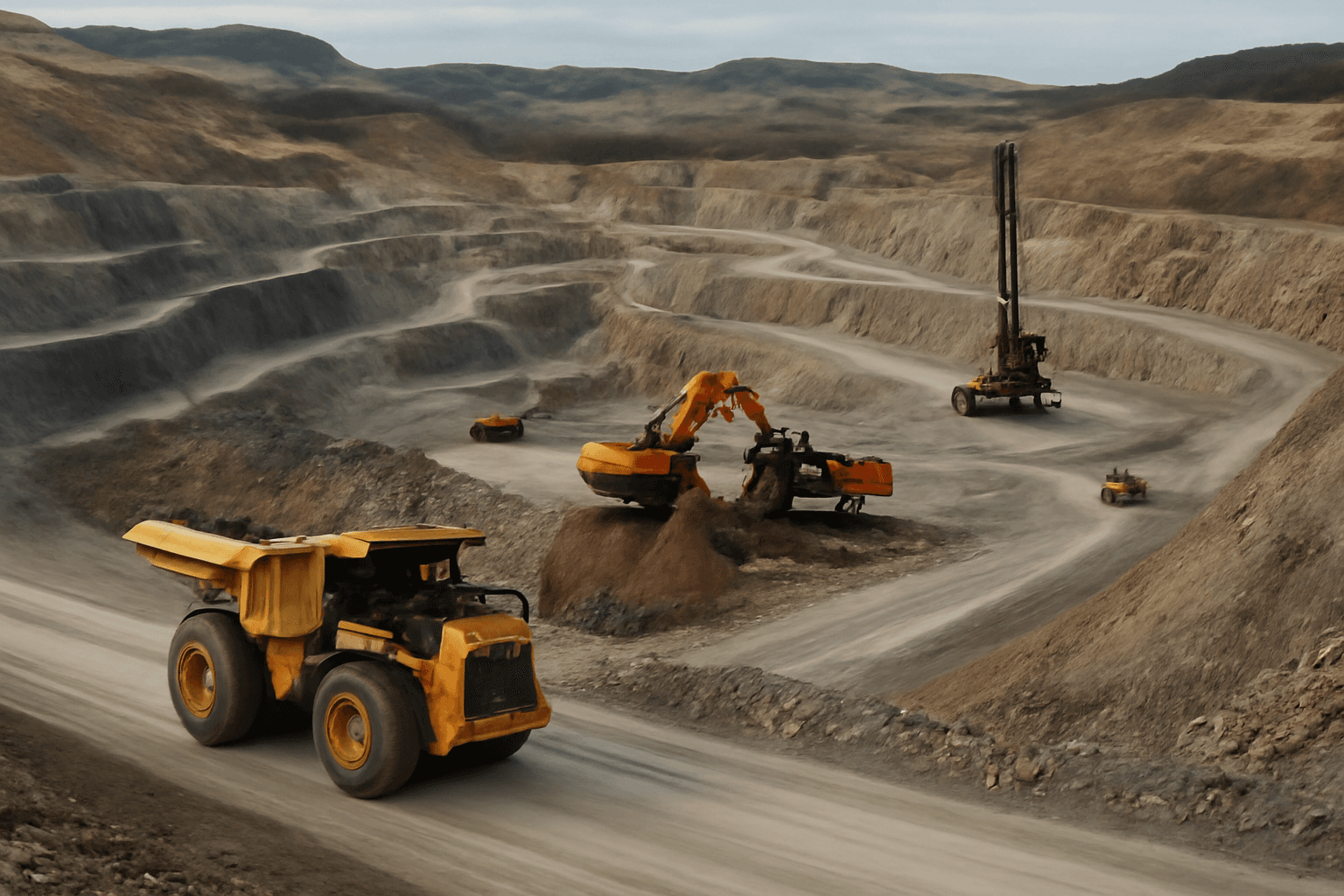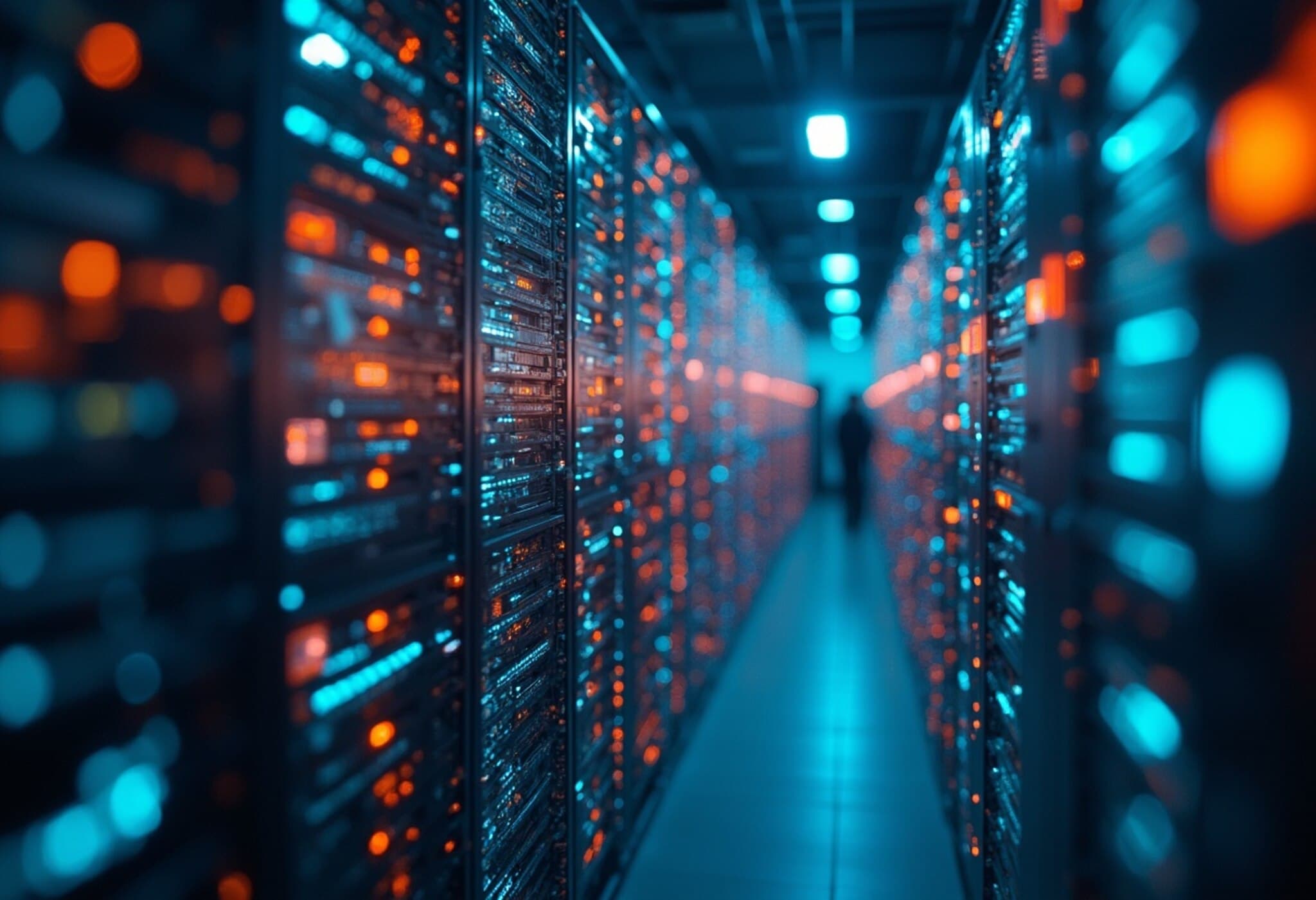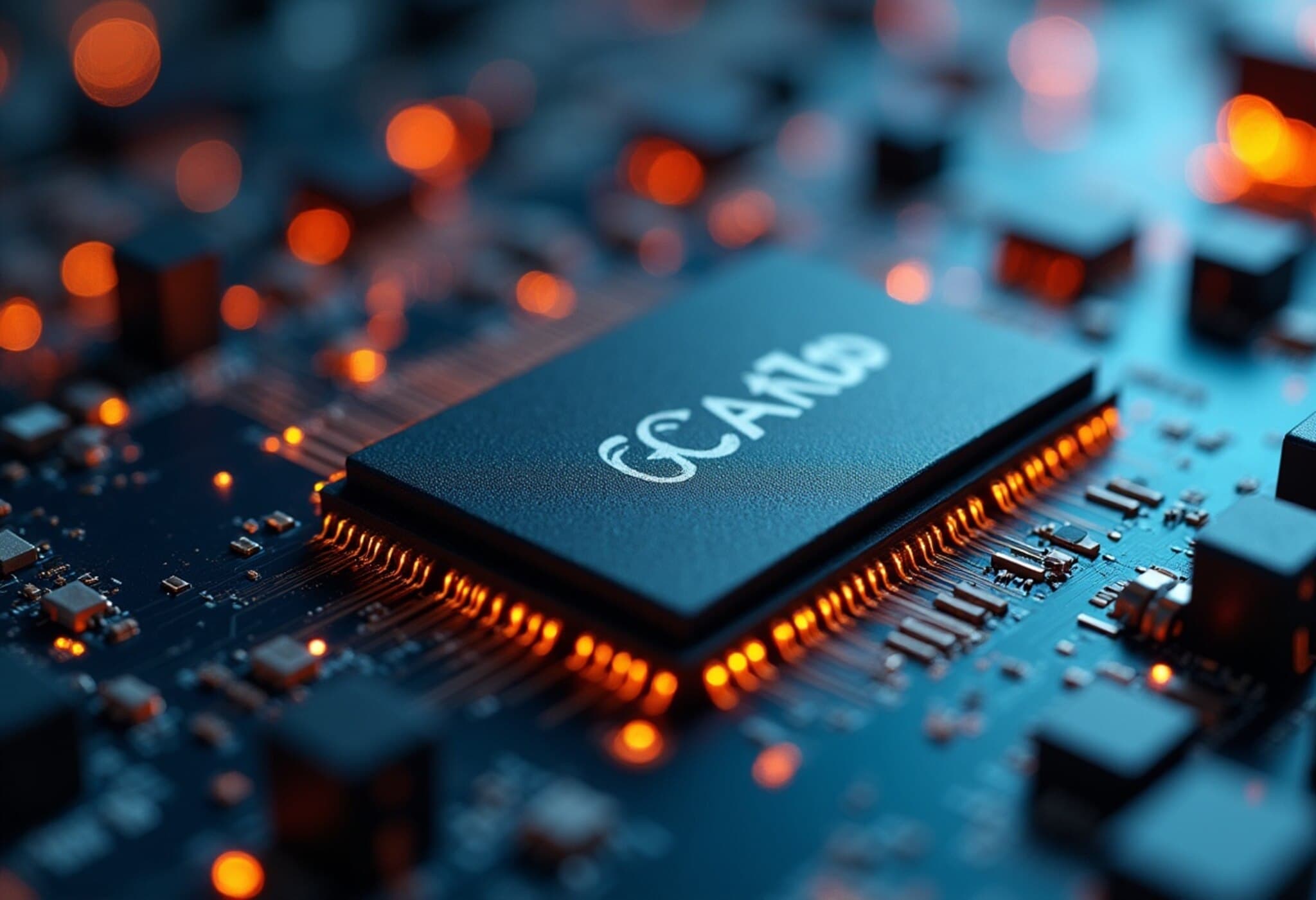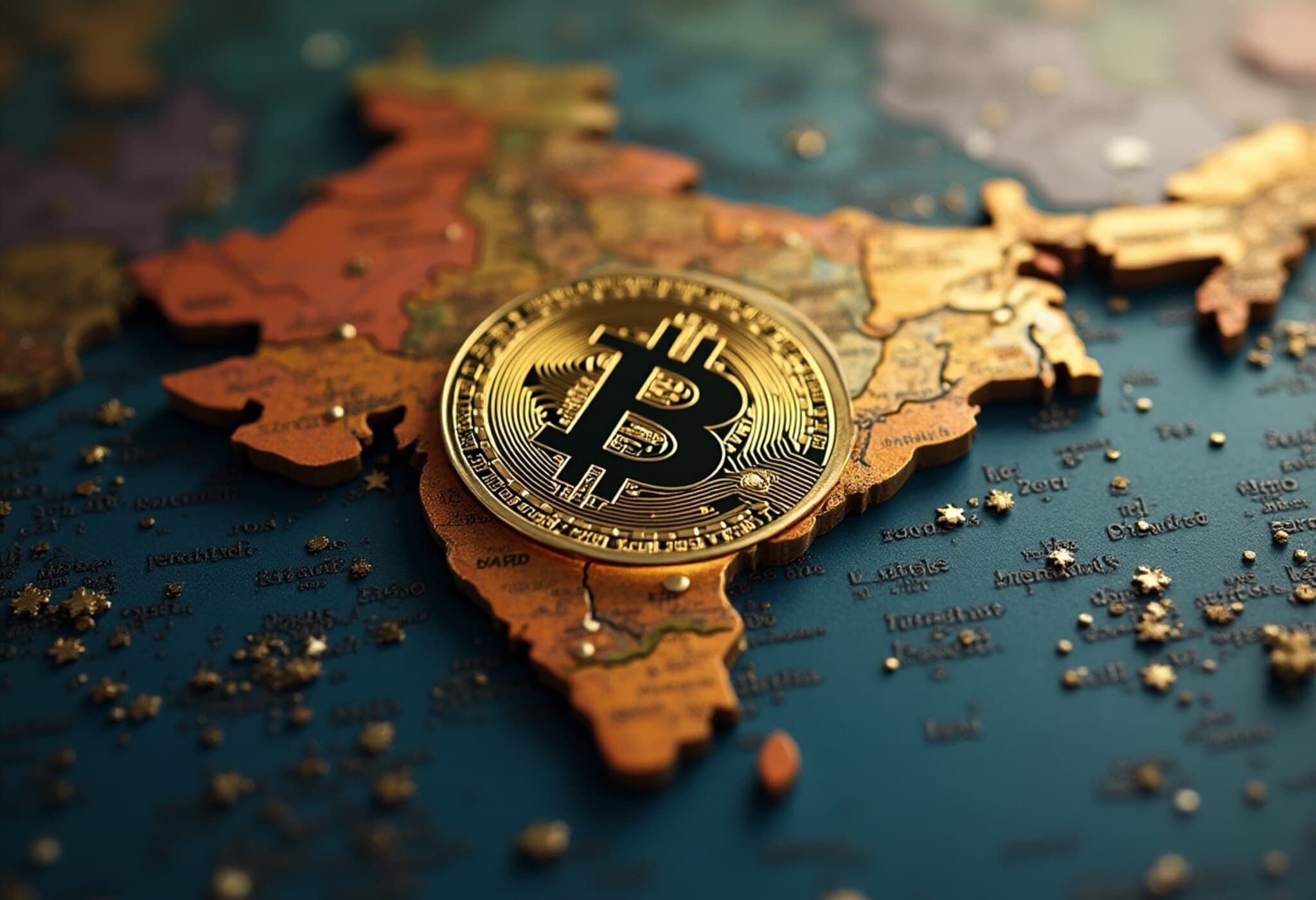Rare Earth Metals: The Backbone of Modern Technology and Geopolitics
In the escalating economic and technological contest between the U.S. and China, rare earth metals have emerged as critical chess pieces. These elements—integral to products ranging from fighter jets and electric vehicles to smartphones and renewable energy tech—are primarily mined and processed in China, giving it substantial geopolitical leverage. Recent moves by the U.S. government, including an unprecedented stake in MP Materials, the operator of America’s only rare earth mine at Mountain Pass, California, underscore efforts to regain control of these vital resources.
Recycling: Breathing New Life into Old Electronics
Beyond mining, a promising frontier in addressing rare earth shortages lies in recycling—a concept evolving far beyond traditional waste sorting. Today’s advanced recyclers are transforming mountains of electronic waste (e-waste)—discarded phones, laptops, TVs, EV batteries, and even wind turbine components—into valuable sources of critical metals.
The Expanding Role of E-Waste Recycling
Electronic waste is not just a disposal problem; it’s a goldmine of raw materials including gold, silver, lithium, cobalt, and rare earth elements like neodymium and dysprosium. As Kunal Sinha, Global Head of Recycling at mining giant Glencore, emphasizes, many worldwide industries have underestimated e-waste’s potential. "A lot of people are still sleeping at the wheel. This could be huge," he says.
For U.S. manufacturers, which traditionally rely heavily on China for rare earths and essential metals, the volatile trade environment has illuminated recycling’s strategic importance. John Mitchell of the Global Electronics Association explains: "The U.S. imports vast amounts of electronics embedded with precious metals. Leveraging tariffs as an incentive could accelerate domestic recycling efforts, strengthening supply chain independence."
Glencore and Recycling Innovation
Glencore's investment serves as a case study in balancing mining with recycling. Its Quebec smelter, with roots nearly a century old, evolved in the 1980s to recover metals from e-waste, processing diverse materials from circuit boards to wires. Though recycling currently contributes a modest fraction of Glencore's earnings, leadership is strategically prioritizing this sustainable supply avenue, anticipating it will play a "huge role" alongside traditional mining.
America's Growing E-Waste Challenge and Opportunity
The digital revolution, coupled with surging demands for renewable energy and AI-driven technologies, has drastically increased e-waste production worldwide—from 62 million metric tons in 2022 to a projected 82 million by 2030. The U.S. alone generates close to 8 million tons annually but recycles only about 15-20%, revealing an immense untapped resource.
Recycling requires strict cybersecurity and environmental standards, especially for data-bearing devices like smartphones and servers. Industry leaders like Full Circle Electronics highlight how early refresh cycles—where consumers replace devices sooner anticipating price hikes from tariffs—are feeding a rising influx of e-waste. This stream feeds into downstream recycling operations that meticulously extract precious metals and rare earths, feeding back into manufacturing supply chains.
The Strategic Race to Reduce China’s Dominance
China controls approximately 90% of rare earth element refining and manufacturing, particularly rare-earth magnets essential to EVs, drones, medical devices, and military hardware. The ongoing U.S.–China trade war has intensified supply uncertainties, illustrated by China's restrictive export actions in 2025, which disrupted U.S. manufacturing.
To counterbalance, the U.S. is pursuing multiple initiatives:
- Government Investment: The Department of Defense secured a significant equity stake in MP Materials.
- New Projects: Development greenlights for California's Colosseum rare earth project aim to create a domestic second mine.
- Innovative Recycling: Startups like Illumynt, Cyclic Materials, and American Battery Technology are pioneering processes to recover rare earths not only from e-waste but from EV motors, wind turbines, and batteries.
Recyclers Navigating Policy and Market Risks
While promising, the emerging recycling sector faces uncertainties. The fate of tax credits like the 45X production credit is critical; any reversal could disrupt investments. Furthermore, as Kunal Sinha advises, investors should avoid speculative hype and focus on solid business fundamentals—highlighted by Glencore’s experience with Li-Cycle’s financial setbacks despite strategic partnerships.
Looking Ahead: Localizing Critical Minerals Supply Chains
The recent surge in recycling investment reflects a broader trend to "nationalize" e-waste processing. Shortening supply chains reduces geopolitical risks and fosters sustainability. As this sector matures, it not only mitigates scarcity but positions the U.S. to reclaim technological sovereignty over materials that are the lifeblood of the modern economy.
Expert Insight
Industry insiders underscore that while recycling alone won’t suffice to meet all demand, it is indispensable alongside mining. The strategic integration of both approaches could reshape global markets, diminish dependency on any single country, and advance a circular economy that benefits economic security and the environment.
Editor’s Note
The rare earth metals saga reflects larger themes of globalization, national security, and sustainability. As electronic waste becomes a critical resource, the question remains: will industry and policymakers move swiftly to harness its full potential? The intersection of innovation, regulation, and market dynamics is set to define America’s competitiveness in the high-tech landscape for decades. Readers are encouraged to watch closely how government incentives, trade policies, and technological advances unfold in this vital sector.

